Picture starting your day with an inbox of over 100 unread emails, each requiring your attention, response, or action. The thought alone can be overwhelming.
Or imagine having your schedule filled with video conferences from morning till evening, with little to no breaks in between. Exhausting, right?
And then, after leaving work for the day, your dinner time is constantly interrupted by work emails popping up, Slack notifications, or other communication tools. Makes you feel like you can never fully disconnect and recharge.
Table of Contents
Screen Time Around the Clock
The boundary between work and personal life has grown increasingly faint as technology advances, and this is leading to a surge in digital fatigue among professionals.
When screen time has escalated and work emails are encroaching even your bedtime, you’re in the digital burnout danger zone. And if you want avoid the onset of exhaustion and apathy, a more balanced digital existence is in order.
Unpacking the symptoms of burnout, identifying its triggers, and mapping out strategies for navigating the digital landscape more healthily are logical next steps if you want to stay sane and relatively productive.
Recognising the Signs
Digital exhaustion has some subtle yet impactful signs: chronic fatigue, a sense of dread when you think of your emails and digital tasks, and a noticeable dip in productivity.
Recognising these symptoms of apathy and exhaustion is the first step in reorganising your digital life. To counteract when I start feeling this way, I do a simple digital audit.
Apps that track screen time serve up some surprising insights into how much of your day is consumed by digital devices and can indicate if you’re on the verge of suffering from burnout or already knee-deep in one.
You might also be shocked to see how many hours you spend scrolling through TikTok as well…
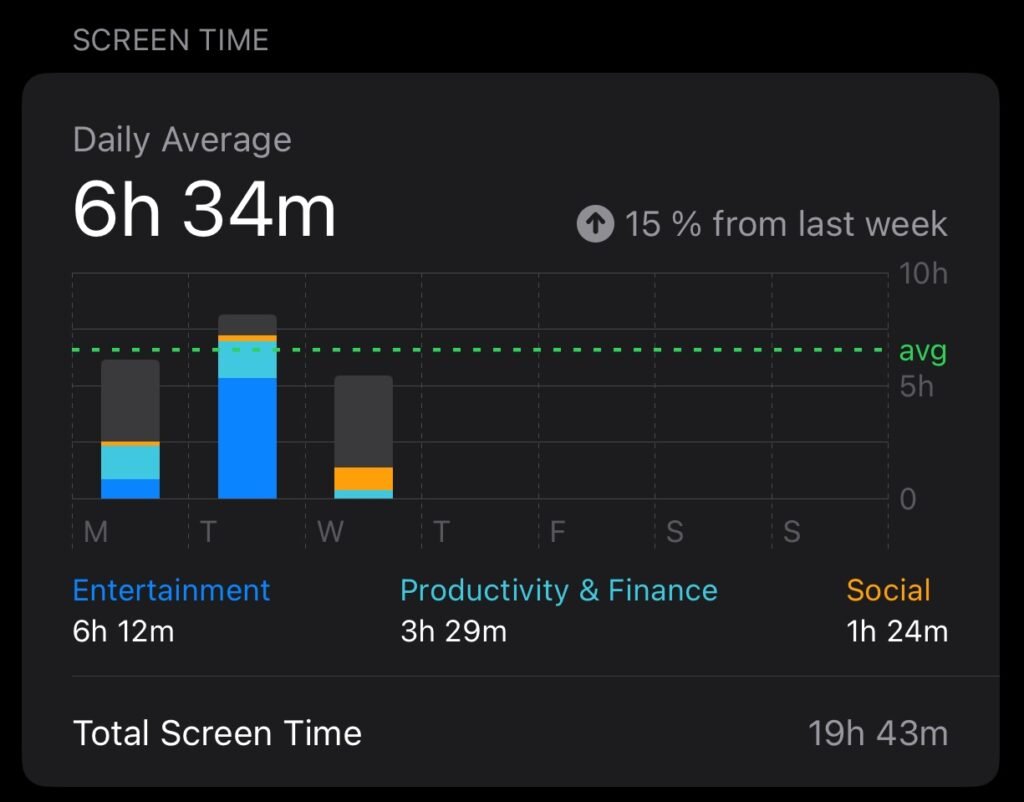
Once you have a ballpark figure of your screen time, establishing some boundaries for work and leisure time on your devices can help prevent the lines from blurring, and that can be a big first win in re-claiming your digital autonomy.
Do You Experience Digital Burnout Symptoms?
The Growing Problem of Digital Overload
The technological overload isn’t just an individual problem; it’s societal, and it was definitely exacerbated by the pandemic’s push towards fully remote work and digital communication.
Tackling this issue head-on involves decluttering your digital workspace. Unsubscribe from unnecessary marketing emails and newsletters, use tools to block distracting websites during work hours and rein in all those browser tabs with a simple extension.
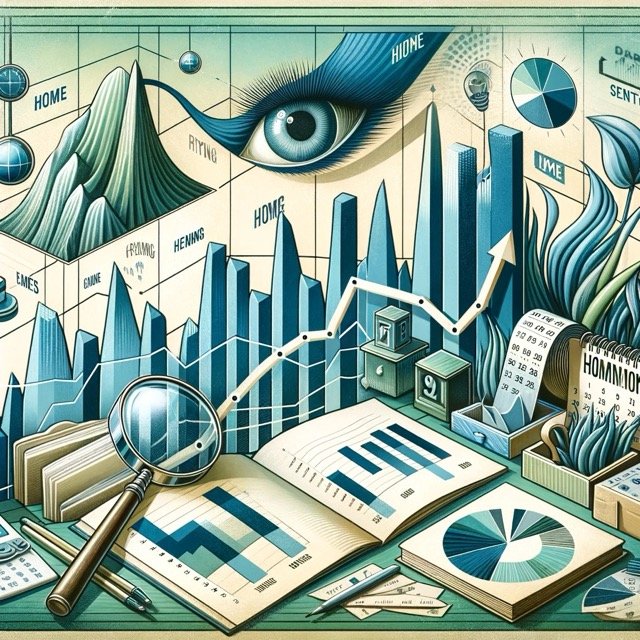
Organising your digital files into a structured system also helps keep your digital devices tidy, and it just makes it easier to find what you need, when you need it.
Simple steps like these honestly help reduce the mental clutter that contributes to digital burnout in the first place, and they can pave the way for a more focused and efficient workday.
Strategies to Avoid Burnout
Beyond limiting screen time and organising your digital life, there are other things you can do to prevent a burnout.
You can adapt a bit of digital minimalism by prioritising tasks and limiting multitasking. Years ago the latter used to be something people in tech bragged about being a master of. But the truth is that if you’re a multitasker, you’re not getting much done. It actually dilutes your focus and efficacy, all while increasing your stress level.
Personally, I wouldn’t hire someone who claims they’re a multitasker. It’s like telling me you plan on taking ten sick days a month!
Additionally, you could try designating one or two tech-free zones in your home to encourage your own downtime and relaxation away from a screen. Two classic examples of this I’m sure you’ve heard before are to banish your mobile devices from the bedroom and dining area.
I’ve tried both strategies and can verify they help. I stopped taking my phone to bed with me. It stays at my desk until the next morning. The result has indeed been that my sleep is better.
Not staring at your phone when you’re eating also helps you focus on your food. A nice side effect of actually enjoying your meal in peace is that you’re more apt to realise when you’re full and not overeat while you stare at a feed vying for your attention.
Try a Digital Detox
If you want to go more hardcore and really limit the amount of time you spend with the use of digital devices, a detox can reset your relationship with technology and help reduce digital burnout. A lot of people like to uninstall life-sucking social media apps during a detox, and abstain from all leisure-related digital technology to combat their mental exhaustion.
If that works for you, go for it.
Since I’m all for building new habits though, I’d start with small, manageable steps instead. You might try committing to no screens an hour before bed. That alone can really be a boon in helping your body and mind realise it’s time to unwind before hitting the hay.
Or you can simply set time limits and only allow yourself x minutes of time on social media a day, for example.
Gradually increase the duration and frequency of your detox periods. During such time away from your devices, engage in other activities like reading, cooking, crafting, meditating, or just take a walk. (I do the latter every day as part of my regular exercise, and I don’t take my phone with me anymore!)
Whichever route you take, devising your own personal form of digital detoxing can really help reduce your reliance on digital devices and reinvigorate a greater sense of wellbeing.
The Role of Your Work Environment in Preventing Digital Burnout
The design of your workspace can also influence your susceptibility to a burnout.
For those working remotely like me, it’s important to create a dedicated workspace free from distractions as a measure against experiencing digital fatigue due to exhaustion caused by simply spending too much time on digital platforms. That’s a mouthful, but hear me out:
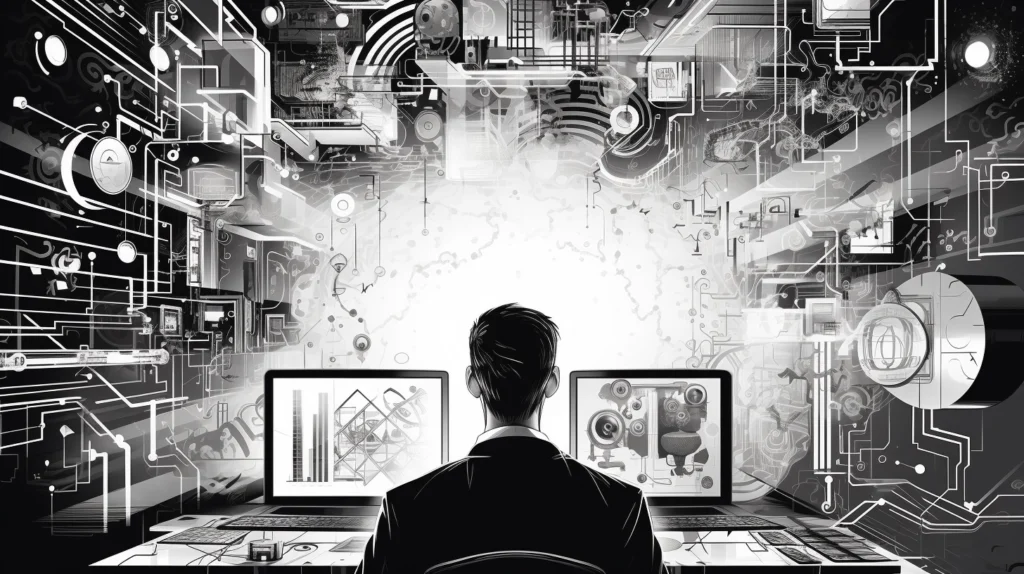
The sheer physical separation of work and leisure areas in your home can help you mentally compartmentalise your day. In turn, that makes it easier to disconnect from work outside of business hours.
Employers could also support this by advocating for a culture of respect for off-hours and encouraging regular breaks, but many just have not yet adopted to this way of working and continue to try to push their boundaries. Which brings me to my next point:
The Importance of Work-Life Balance
If you want to combat the exhaustion (and cynicism!) from overexposure to digital platforms, achieving a healthy work-life balance is pivotal in staving off digital burnout.
I know, I know, I hear you: it’s a buzzword. But it really is important, and even if you’re in a leadership position or have made partner at your law firm and are clocking 14-hour days seven days a week, you might want to start thinking about where you can set boundaries.
That career ladder and your annual bonus won’t be worth much if you wind up with a stroke in the ER.
I like to set specific log-off times and then try my best to stick with them. When you do get some downtime, it’s equally vital to engage in fulfilling activities outside work that aren’t screen-based. In other words, don’t be closing the laptop to pivot to watching a movie. 😅
Get some fresh air instead. Eat healthy meals. Call an old friend or better: meet them for a quick coffee. Even when things are crazy-hectic, it’s often possible to find little pockets of down time. They’ll bring you joy, I promise.
Building Healthy Digital Habits for Mental Wellbeing
If you want to have a healthy relationship with technology without the excessive stress, forming positive digital habits is what it’s going to take to maintain mental wellbeing in today’s highly digitised work environments.
The good news is that you already know the drill:
Good tech habits involve adopting routines for taking regular breaks to stretch or walk. These simply help alleviate the physical and mental stagnation associated with prolonged screen (and sitting!) time.
Equally important is practising digital mindfulness by being selective about the content you consume and the time you spend on digital platforms. This just helps protect against information overload and the stress that brings with it.
There’s Also Professional Help
Maybe the steps you’ve taken to organise your digital life and prevent burnout might not be enough. If that’s the case, seeking professional help is a sign of strength, not defeat.
Mental health professionals can offer personalised strategies and support systems to navigate through a digital burnout. They’ll also show you coping mechanisms that align with your individual needs.
If your increase in burnout symptoms has been brought on by changes at work like heightened demands for availability around the clock, don’t forget that you also have professional help in the form of your HR business partner.
Talk to them about your concerns. You might not be the only employee dealing with these challenges, and HR can help navigate the waters between higher management and you or your team.
Today’s burnout levels are real, and it’s a multifaceted issue that requires a proactive and comprehensive approach to manage effectively.
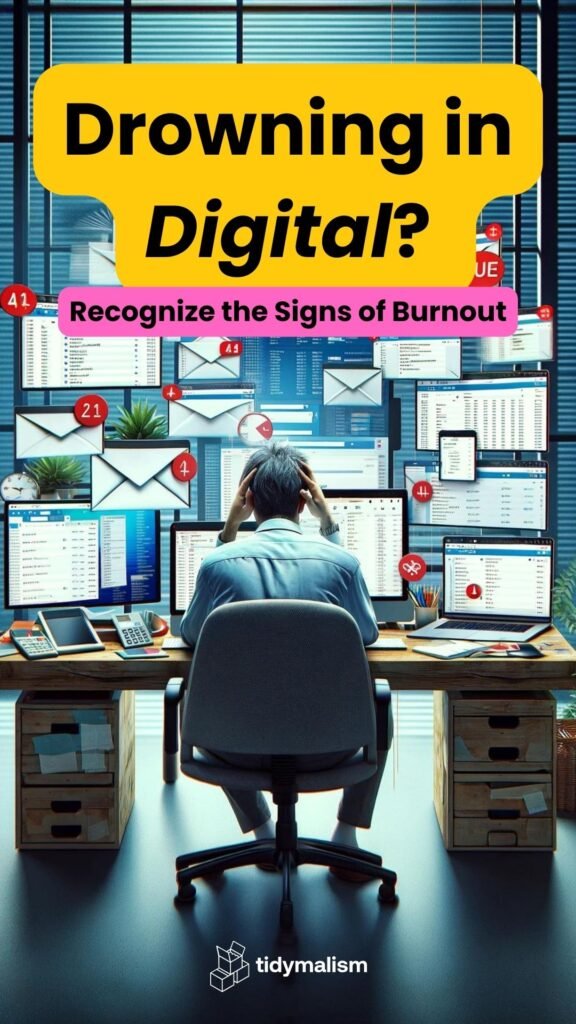












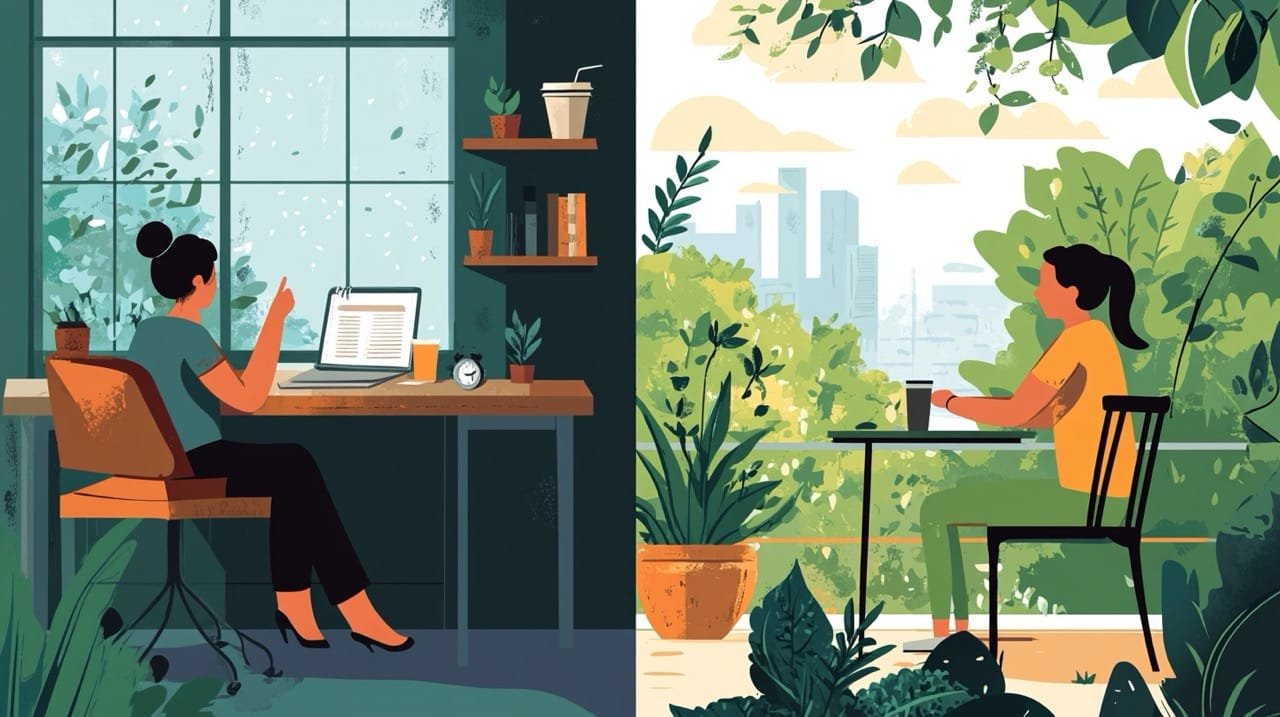

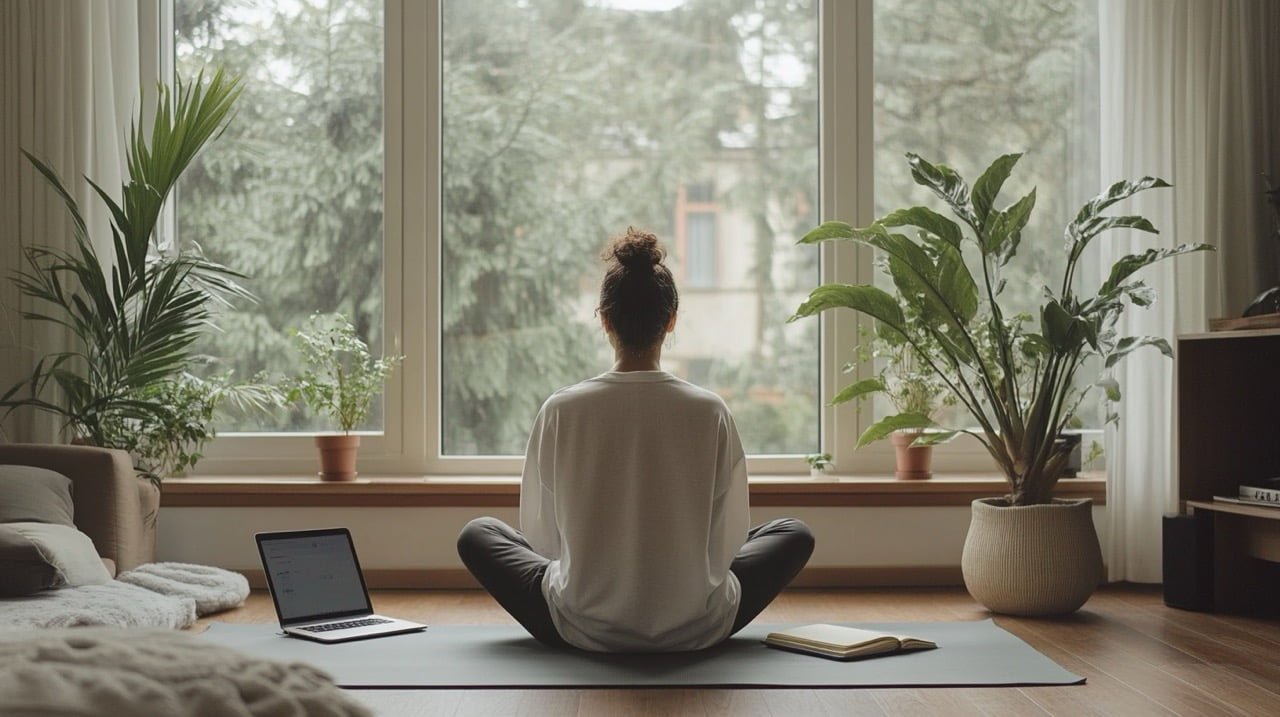
Leave a Reply